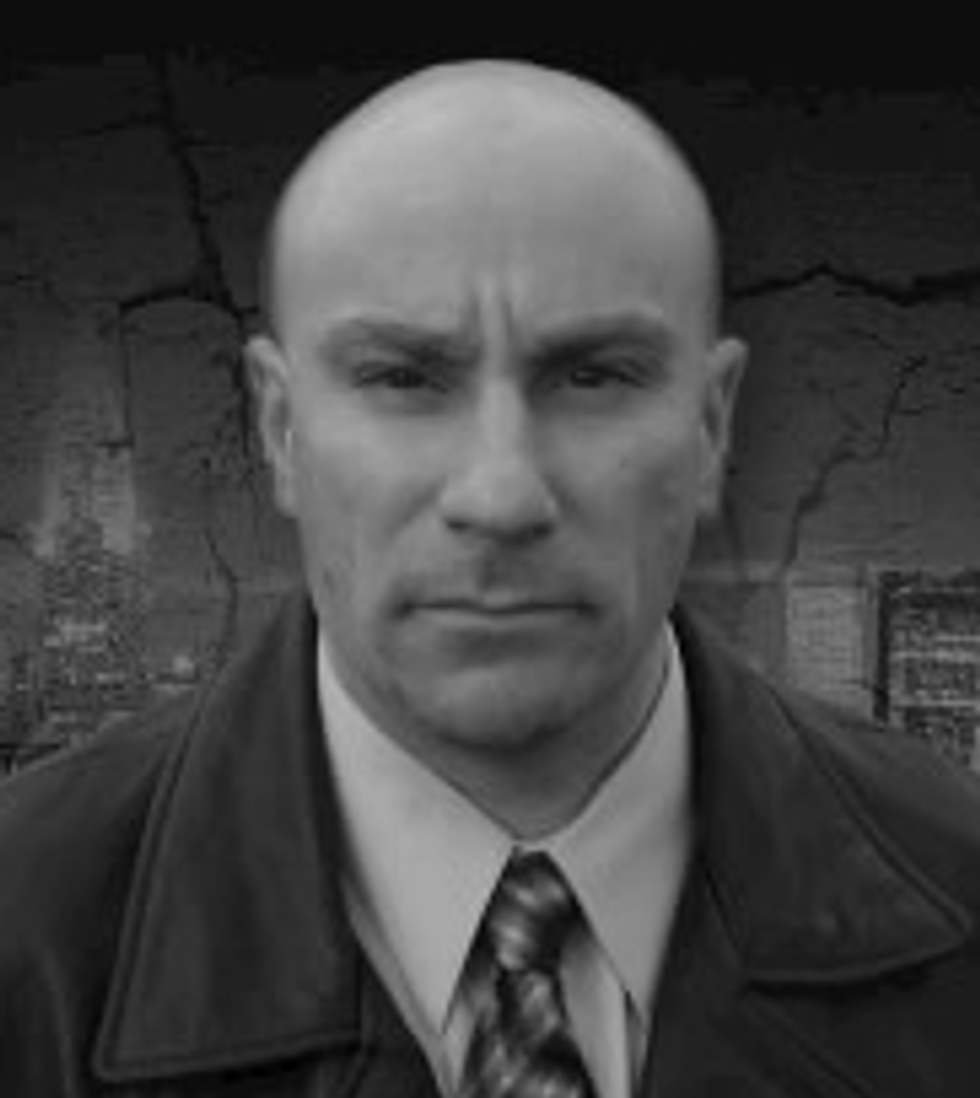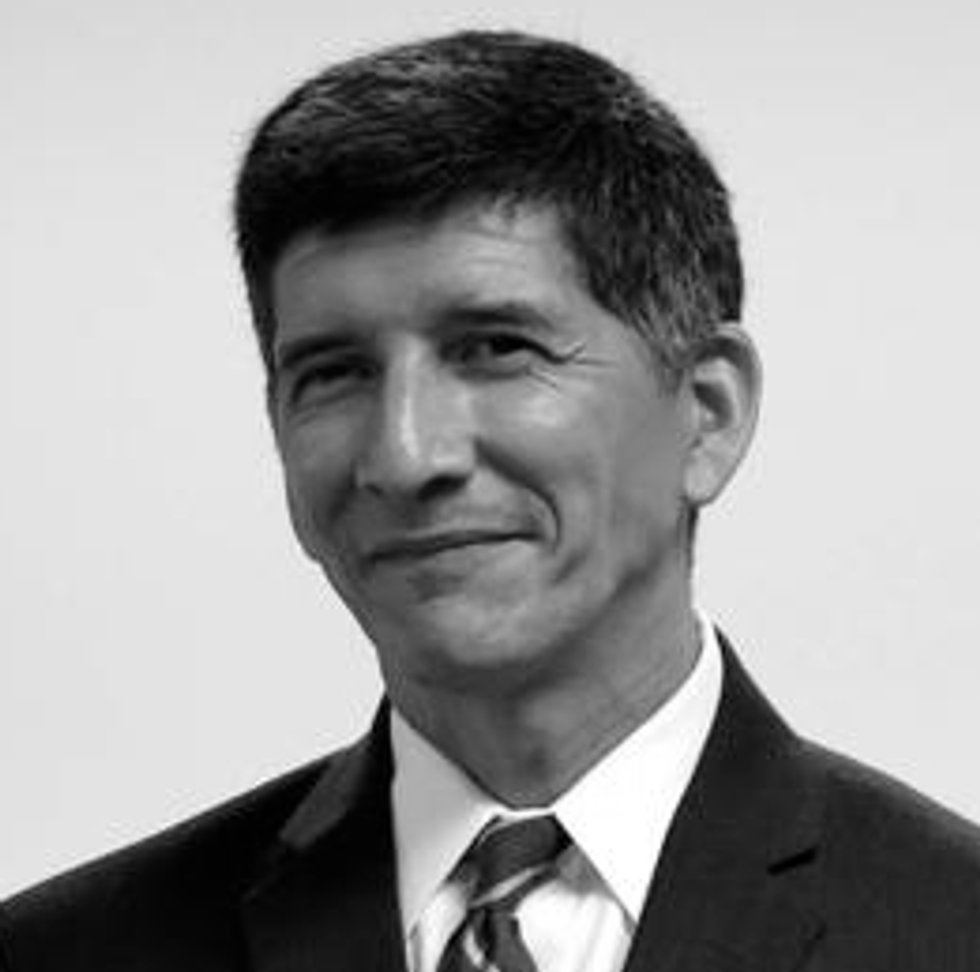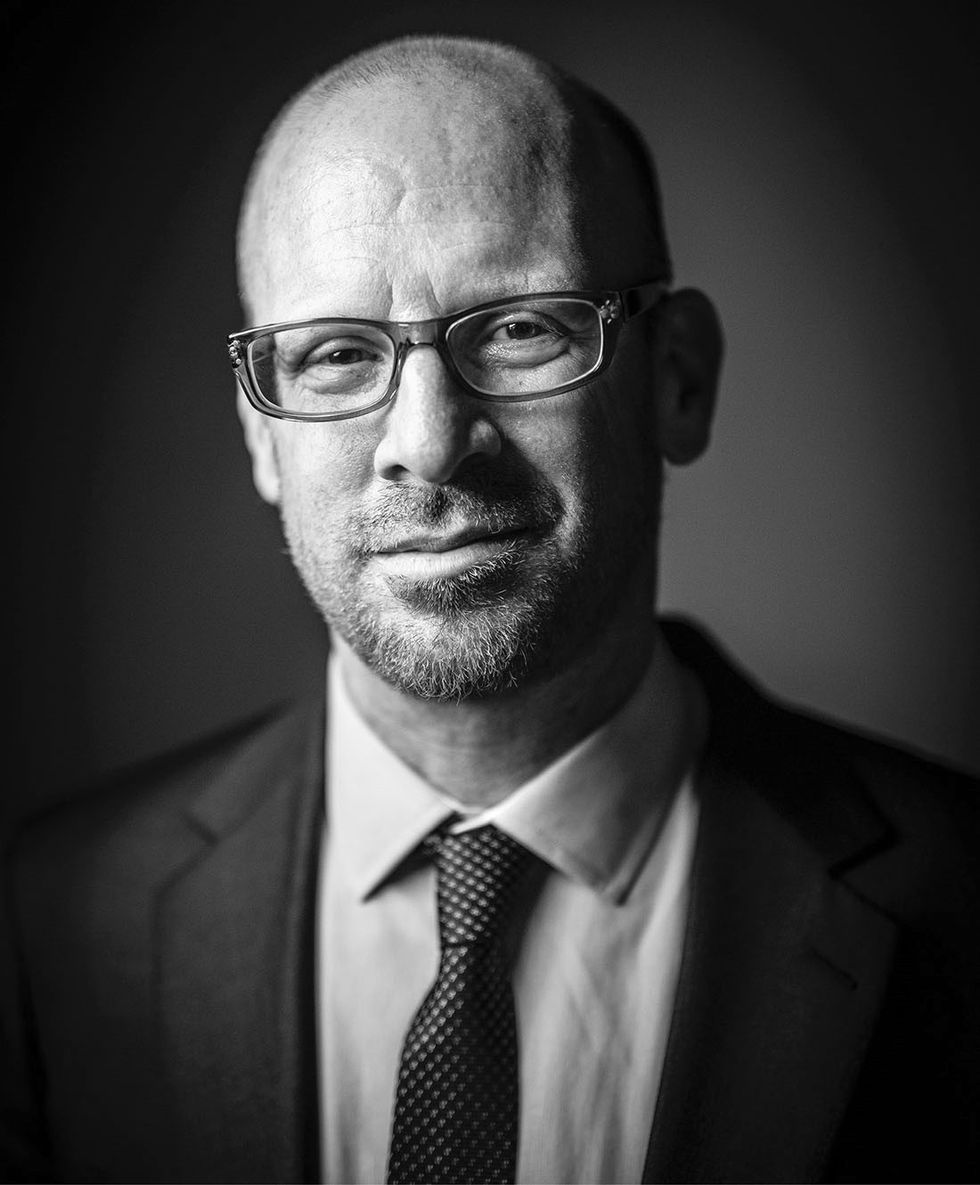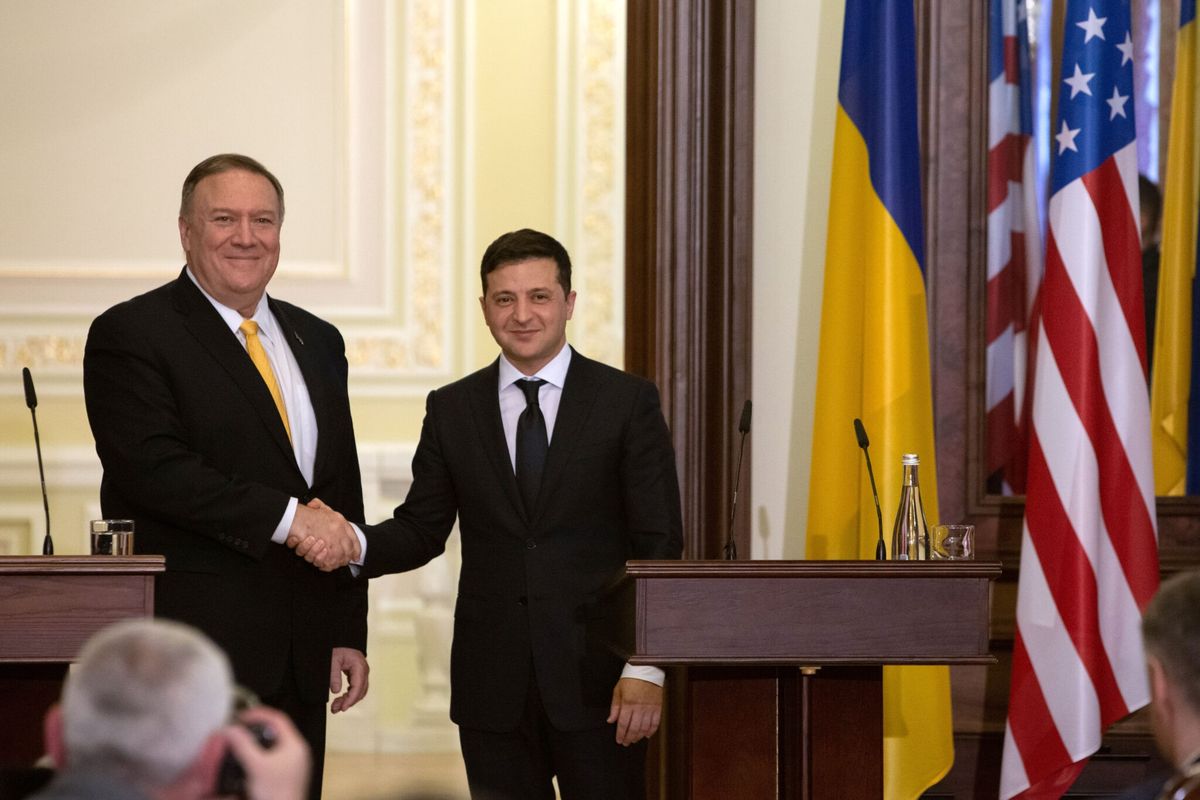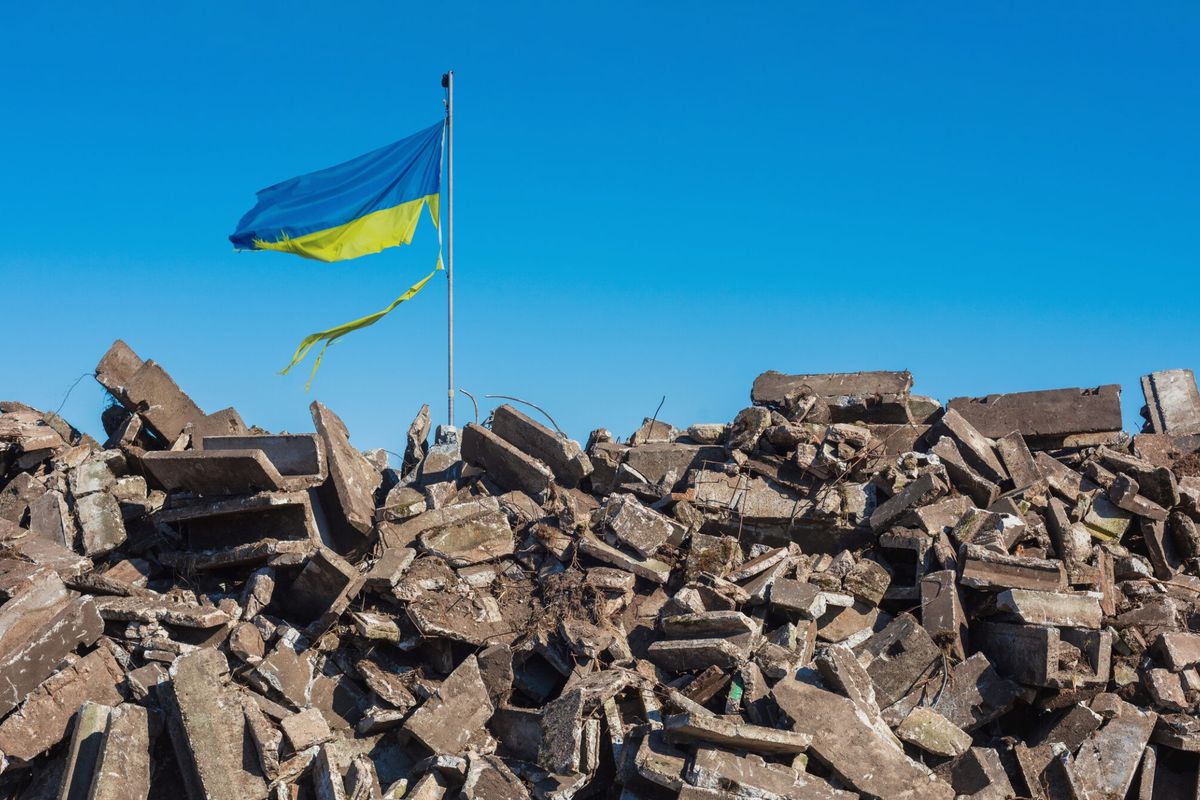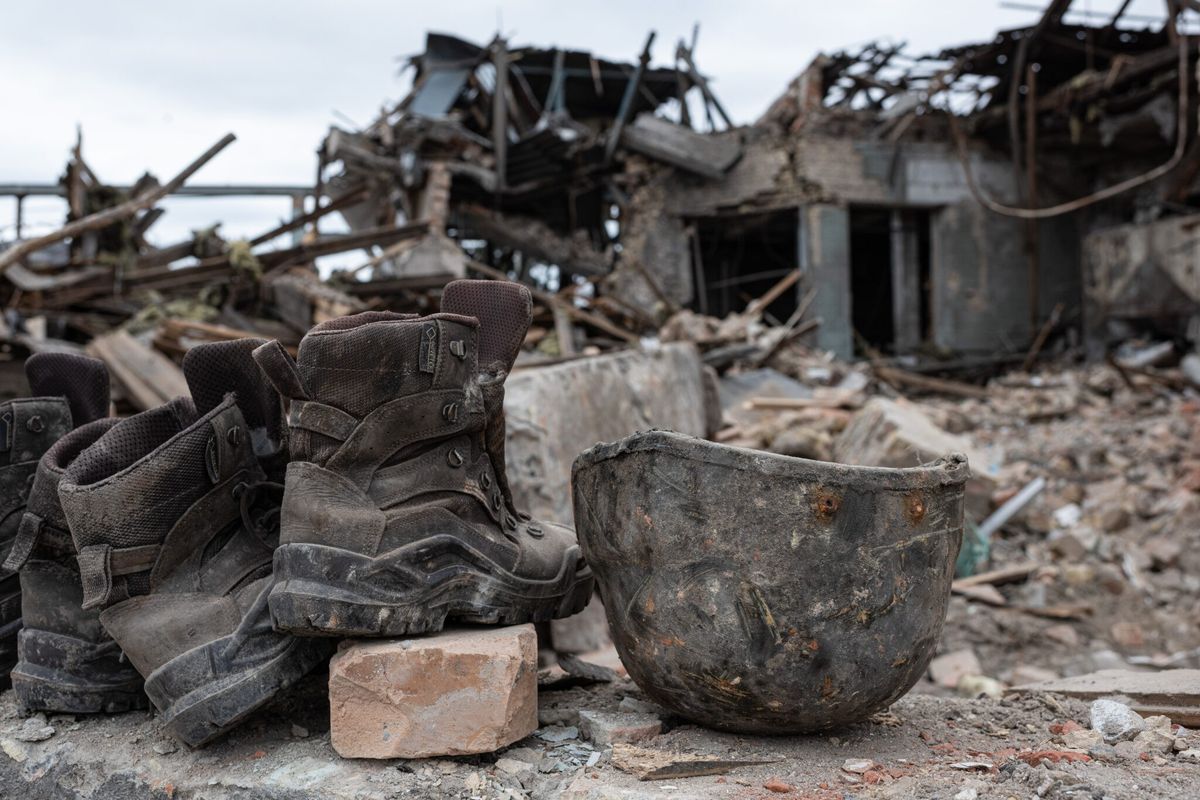Bottom line: After the mass shooting at the Parkland, Fla., school this week, the Trump administration’s focus on tackling mental health issues may produce legislation that empowers law enforcement to identify troubled would-be attackers. But such action may fail to stem the tide of gun-related mass shootings if not coupled with changes to federal or state laws to better monitor who has access to high-powered weapons.
Background: Mass shootings have become more common in the United States than almost anywhere else in the world. A 2015 study by Adam Lankford, a professor at the University of Alabama, said only Yemen has a higher rate of mass shootings. But the right to own guns continues to trump efforts to increase monitoring of who buys them.
- Gun ownership in the United States is rooted in the Second Amendment of the U.S. Constitution which states that a “well-regulated Militia, being necessary to the security of a free State, the right of the people to keep and bear Arms, shall not be infringed." Pro-gun advocates have opposed any restriction on what they see as their right to bear arms for self-protection and frame the debate in terms of an attack on their constitutional freedoms. They also argue that bans on certain weapons and large-capacity magazines would fail to curb violence as there are already more than 5 million AR-type rifles in circulation.
- Americans own 48% of the approximately 650 million guns owned in the world, although they only make up 4.4% of the global population, according to statistics compiled by CNN. From 1966 to 2012, 31% of the gunmen in mass shootings worldwide were American. U.S. gun-related homicides are 25.2% higher than in other high income countries and according to OECD data, Americans are 51 times more likely to be killed by gunfire than people in the United Kingdom.
- Since the Sandy Hook massacre in 2012 where 20 children and 6 adults were gunned down in Newtown, Conn., there have now been 239 school shootings nationwide, which averages out to about five school shootings per month, as per The New York Times. Sixteen of those can be categorized as mass shootings (where there are four or more victims). In all incidents at schools since 2012, 438 people were shot, 138 died.
- Since President Donald Trump has been in office, several major mass shootings have taken place including the most deadly in modern history on Oct. 1, 2017, when Stephen Paddock killed 58 people attending a live music concert from his hotel room in Las Vegas. Only a month later, 26 people were killed at the First Baptist Church of Sutherland in rural Texas, many of them children.
- FBI data shows 11,000 gun-related homicides in 2016, up from 9,600 in 2015, a spike after nearly 15 years of little change. Mass shootings make up a small fraction of this total but attract media attention and galvanize debate.
- In the latest incident, on Feb. 14, 2018, 19-year-old expelled former student Nikolas Cruz killed 17 people at Marjory Stoneman Douglas High School in Parkland, Fla., using a semiautomatic AR-15 rifle, which authorities have confirmed he purchased legally in the state, where it is easier to buy a semiautomatic weapon than a handgun. The FBI has confirmed that in 2017 it received information about a comment on a YouTube channel from someone going by the name “Nikolas Cruz” that read: "I'm going to be a professional school shooter," but the agency was not able to clearly identify the person who posted it.
- In a separate instance, on January 5, the FBI received a tip from a person close to Nikolas Cruz, who "provided information about Cruz’s gun ownership, desire to kill people, erratic behavior, and disturbing social media posts, as well as the potential of him conducting a school shooting," the FBI said in a statement released on Friday. "Under established protocols, the information provided by the caller should have been assessed as a potential threat to life. The information then should have been forwarded to the FBI Miami field office, where appropriate investigative steps would have been taken. We have determined that these protocols were not followed for the information received by the PAL on January 5. The information was not provided to the Miami Field Office, and no further investigation was conducted at that time."
Joseph Giacalone, Professor of Criminology, John Jay School of Criminal Justice
“Unfortunately, the FBI was aware of the past few mass shooting individuals including terrorists, and never had enough to hold them on anything. The Bill of Rights ensures that we have protections against police intrusion, and sometimes that works out in the bad guy’s favor.”
Frank Montoya Jr., retired FBI Special Agent
“Aside from the loss of life, hindsight is the hardest part of these kinds of tragedies to digest. It’s a near impossibility. We’re essentially relegated to reading a troubled mind. And even with a high confidence that somebody may act out, short of getting them to voluntarily giving up their weapons—if they admit to having them—there is no recourse other to watch, wait, and hope they don’t act out. And that’s when we we’re dealing with a known entity. Law enforcement frequently gets about individuals who make threats who then never act on them. Efforts are made to deal with them, but if an individual denies they have evil intent, what can you do? Write a report. Check on them from time to time, if you’re not too busy with myriad other issues. And hope they don’t act out. Unfortunately, the ones who do act out are the ones we don’t know about, or didn’t pay much attention to because they didn’t seem like a real threat because they said all the right things when we confronted them.”
Issue: Failed attempts at gun control legislation in recent years has reflected the rise in hyper-partisanship and the influence of the pro-gun lobby in the same period. The debate often revolves around addressing a specific issue that arose during a high profile mass shooting, whether it is the type of assault weapons, silencers, background checks, mental health issues or lethal accessories like “bump-stocks.”
- Americans today are deeply divided on the issue of gun rights and control, generally down partisan lines but even where a majority favor certain measures, laws are not passed or those that do are unable to effectively stem the rate of deaths by gun violence. Many existing laws would not have prevented the mass shootings that tend to galvanize debate but still spur bitter partisan rhetoric, which often redirects the debate to issues that fail to significantly reduce gun violence.
- Attempting to bypass congressional gridlock that had already become the norm, President Barack Obama signed an executive order in Jan. 2016 requiring mental health restrictions and background checks.
- In June 2016, Obama called for a revival of the Assault Weapons Ban after Omar Mateen killed 49 people in an Orlando, Fla., gay nightclub on Jun. 12, using an AR-15 semiautomatic rifle. The Assault Weapons Ban of 2013 was introduced in the wake of the Sandy Hook Massacre but was defeated by a vote of 60-40.
- In Oct. 2017, in an attempt to close the loophole that Dylann Roof used in 2015 to purchase a weapon he would later use to kill nine people at a black church in Charleston, S.C., Senator Dianne Feinstein, D-Calif., introduced the Background Check Completion Act, which would have required that a background check be fully completed before a buyer can purchase a gun. The bill has not passed.
- The Las Vegas shooting spurred bipartisan support for banning rapid fire "bump stocks," the device Stephen Paddock used to turn his semiautomatic rifles into automatic ones, but the Automatic Gunfire Prevention Act stalled after the National Rifle Association (NRA) and certain lawmakers protested that Congress should not make that decision. Frustrated with the lack of action, a number of states and cities have taken the initiative to ban the devices.
- After the Nov. 2017 shooting at a church in Texas that killed 26, the House passed legislation to close the loopholes in the gun database, the National Instant Criminal Background Check System (NICS) but it has stalled in the Senate, because it was paired with a loosening of gun restrictions that would allow people with permits to conceal-carry their weapons across state lines, regardless of the conceal carry laws in those states. Even after the recent shooting in Florida, House speaker Paul Ryan, R-Wisc., has made no indication that he would revisit the bill.
- National polls show a clear split down party lines. According to a 2017 survey from the Pew Research Center, 91% of Republican and Republican-leaning gun owners say owning a gun is essential to their freedom compared with 43% of Democrats/Democrat-leaning gun owners. Large majorities on both sides support preventing the mentally ill and people on no-fly lists from buying guns and thorough background checks.
- The pro-gun lobby has driven much of the debate and opponents argue has had an outsized influence on lawmakers. According to the Center for Responsive Politics, the National Rifle Association spent $10.6 million to support Trump in the 2016 election and $19.7 million to oppose candidate Hillary Clinton. Gun rights groups gave $5.8 million to members of Congress in 2016, 98% of which went to Republicans.
- On Feb. 13, one day before the latest mass shooting, the Brady Center revealed evidence it believes shows the extent to which pro-gun groups are involved not just in supporting politicians and shaping their policies but in actually writing legislation, citing internal documents from Federal Bureau of Alcohol, Tobacco, Firearms & Explosives (ATF) showing that “the white paper authored on President Trump's first day in office was heavily influenced - and partially written - by the gun lobby.” It “laid out recommendations to remove or reduce federal regulations on assault weapons, silencers and gun dealers. The paper's recommendations closely mirrored long-held priorities of the gun lobby, including the National Rifle Association.” The Brady Center questioned “whether the ATF and its officials were prioritizing the interests of the gun lobby over the safety of the American public.”
Joseph Giacalone, Professor of Criminology, John Jay School of Criminal Justice
“There are no legal changes, nor laws that would have prevented this massacre. Criminals, nor people in their right mind follow rules, regulations or laws. Anyone that says otherwise is only fooling themselves. What could have prevented this incident was to make sure an individual like Cruz with lots of issues never obtain guns or be around them. There were so many warning signs. What did school officials know, and did they share that information with law enforcement? Historically, they don’t.”
Response: Trump’s public remarks indicate he is attributing the shooting in Florida to a mental health issue, as he did with the Texas shooting in Nov. 2017. He said in a tweet Thursday, “So many signs that the Florida shooter was mentally disturbed, even expelled from school for bad and erratic behavior.” Ironically, Trump in his first year nullified a regulation Obama had in place that would have made it harder for people with histories of mental illness to purchase guns. Speaker of the House Paul Ryan echoed that, saying on Thursday, “There may be some mental health issues with this shooting.” He continued to reject calls to create a special congressional committee to study gun violence.
Jonathan Metzl, director of Vanderbilt University’s Center for Medicine, Health, and Society, and research director of the Safe Tennessee Project
“The problem is when we say we are going to fix the mental health system as a way of preventing mass shootings, it is a non sequitur for a couple of reasons. One is that mental health is statistically unrelated to gun violence. Even though mental health plays a factor there are many more factors that are far more predictive of mass shootings than a mental illness diagnosis, things like domestic abuse... focusing on mental illness is quite literally a non sequitur and won’t do anything. I am a psychiatrist, I am all for treating mental illness, but just focusing on mental illness as a way of preventing mass shootings is going to have absolutely no effect whatsoever.”
Frank Montoya Jr., retired FBI Special Agent
“I keep hearing that this is a uniquely American problem. No, it isn’t. But the comparison with other places in the world—Iraq, Syria, Pakistan, Afghanistan, Mexico—where this kind of violence is equally rampant somehow doesn’t equate. We refuse to believe we are not the savages “they" are. Well, the opposite is true. And just like the innocents in those places, our most vulnerable citizens are paying the price.”
Anticipation: What appears to be Trump’s new focus on mental health issues will likely divert attention from attempts to limit access to semiautomatic weapons which could help lower the rate of gun violence and deaths. Given the impact of the gun lobby on current lawmakers, little is likely to change at least until mid-term elections, and probably beyond, given the state of partisan gridlock.
Frank Montoya Jr., retired FBI Special Agent
“The solutions are hard ones. Better gun control - that’s a fight against the NRA and a big business that many politicians don’t want to take on, but the Second Amendment is about a ‘well regulated’ militia. I’m not saying we take guns away, but if you can buy an AR-15, or AK-47, or some other kind of assault rifle, you should be subject to thorough background checks and extensive training. It is required of military and law enforcement. It should be required of civilians, too. And regular recertification, too. As a special agent, I was required to qualify on my weapons quarterly or I couldn’t carry.”
Jonathan Metzl, director of Vanderbilt University’s Center for Medicine, Health, and Society, and research director of the Safe Tennessee Project
“If they are going push legislation about mental illness, it is completely a distraction because it just goes around the bigger issue which is access to firearms in society. I think that many people who work in gun violence prevention would say that there’s really no magic bullet here, unfortunately. There’s no one thing that can stop this. We know that it’s a combination of things like limiting access to assault rifles, background checks, gun safes, things like that. The bigger issue is are we as a society going to address that violence prevention head on? This is such a tragic issue it is hard to imagine that it is such a partisan issue, but if this tragedy becomes a turning point where we start to address questions of gun safety, then excellent.”
This article has been updated to include the FBI statement on Feb. 16, 2018.



